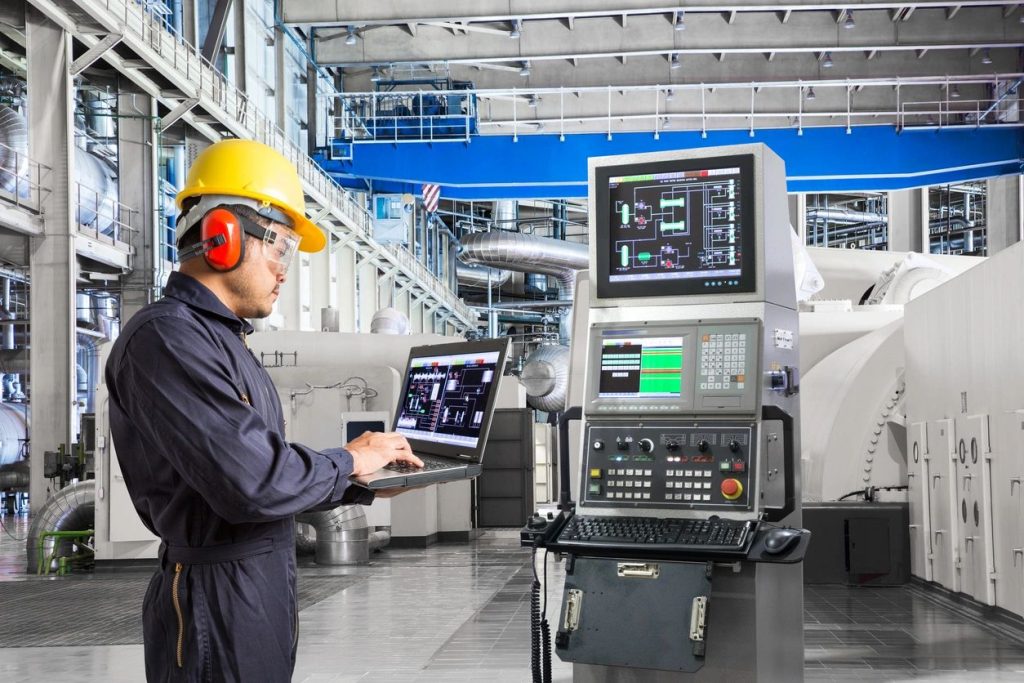
Why Nearshoring to Mexico Is Booming in 2025
In the past decade, global supply chains have undergone a massive transformation—and Mexico has emerged as a leading destination for companies looking to nearshore operations. Nearshoring, the practice of moving production closer to the end market (in this case, the U.S.), has rapidly gained traction as businesses seek to reduce risk, cut costs, and improve responsiveness.
Here’s why nearshoring to Mexico is not just a trend—but a strategic move for long-term growth.
1. Proximity to the U.S. Market
Mexico shares a 2,000-mile border with the U.S., giving companies unmatched geographic access to the world’s largest consumer market. Products can move from factory floor to U.S. distribution centers in days—not weeks, unlike ocean freight from Asia. This means:
- Shorter lead times
- Lower transportation costs
- Faster reaction to demand changes
2. USMCA Trade Benefits
The United States-Mexico-Canada Agreement (USMCA) offers significant trade advantages, allowing many goods produced in Mexico to enter the U.S. duty-free. This is especially important given the ongoing tariffs and political uncertainty affecting imports from China and other parts of Asia.
3. Skilled and Cost-Effective Workforce
Mexico boasts a highly skilled labor force with competitive wages—particularly in industrial hubs like Monterrey, Tijuana, Querétaro, and Guadalajara. The country is home to world-class engineers, technicians, and assembly professionals experienced in automotive, aerospace, electronics, and medical device manufacturing.
4. Supply Chain Diversification
The disruptions caused by the COVID-19 pandemic, port congestion, and geopolitical tensions have forced companies to rethink reliance on single-source countries like China. Nearshoring to Mexico offers supply chain resilience by:
- Reducing dependence on long-haul shipping
- Diversifying sourcing strategies
- Mitigating risk from international conflicts and trade policy shifts
5. Shelter Programs Simplify Market Entry
Shelter companies in Mexico allow foreign manufacturers to begin operations without establishing a legal entity. These programs handle everything from HR and compliance to customs and taxes—letting companies ramp up quickly while staying focused on production and growth.
6. Government Support and Industrial Growth
Mexico’s federal and state governments continue to invest in infrastructure, industrial parks, and foreign direct investment incentives. Combined with a favorable regulatory environment, this makes nearshoring more attractive and more accessible than ever.
Final Thoughts
Nearshoring to Mexico is more than a cost-saving tactic—it’s a strategic investment in agility, efficiency, and proximity. As global dynamics continue to shift, Mexico is proving to be the go-to manufacturing partner for businesses looking to future-proof their operations.
Thinking about nearshoring?
Now is the time to explore what manufacturing in Mexico can do for your business.

